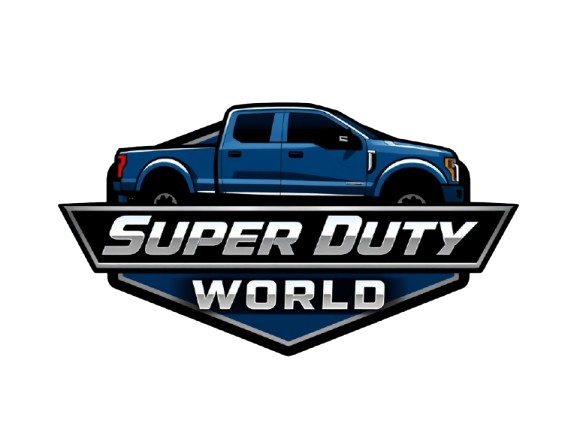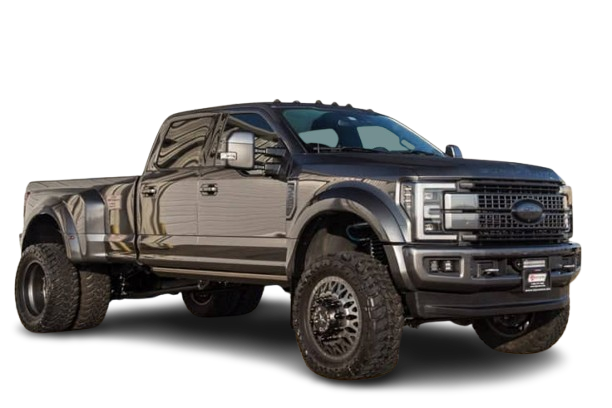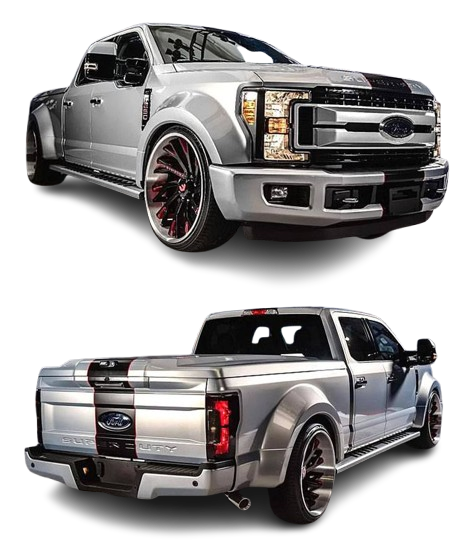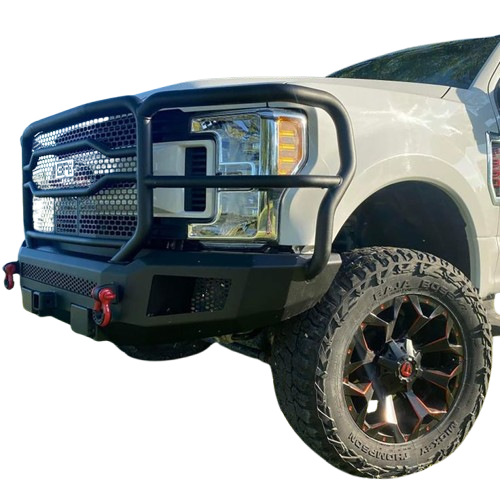Towing with your Ford Super Duty truck can be a highly rewarding experience, whether you’re hauling a trailer for recreation or transporting heavy equipment. To ensure a safe and efficient towing experience, it’s crucial to understand your truck’s towing capacity, utilize essential accessories, and follow safety guidelines. This guide provides valuable tips for Ford Super Duty owners looking to tow with confidence.
1. Understanding Towing Capacity
What is Towing Capacity?
- Definition: Towing capacity refers to the maximum weight your truck can safely tow. This includes the weight of the trailer and any cargo it carries.
- Importance: Exceeding your towing capacity can lead to dangerous situations, including braking issues, engine strain, and potential accidents.
How to Determine Your Towing Capacity
- Refer to the Owner’s Manual: Each model year and configuration of the Ford Super Duty has specific towing capacity ratings listed in the owner’s manual.
- Check the VIN: Your vehicle identification number (VIN) can also provide information on your truck’s specific capabilities when checked with Ford’s official resources.
- Consider Configuration Variations: Towing capacity can vary based on factors such as engine choice, axle ratio, and whether the truck is equipped with towing packages.
2. Essential Towing Accessories
Tow Hitches
- Importance: A reliable tow hitch is critical for safely connecting your trailer. Make sure to choose a hitch that matches your truck’s towing capacity.
- Types: Options include fixed hitches, adjustable hitches, and fifth-wheel hitches for larger trailers.
Weight Distribution Hitchestowing checklist for trucks
- Purpose: These hitches help distribute the weight of the trailer more evenly across the tow vehicle and trailer axles, improving stability and handling.
- Benefits: They can significantly reduce sway, making for a safer towing experience.
Brake Controllers
- Importance: If your trailer has electric brakes, a brake controller is essential for safely managing braking power.
- Options: Choose between proportional brake controllers, which adjust braking pressure based on your truck’s braking, and time-delayed controllers, which apply brakes after a preset delay.
Safety Chains
- Purpose: Safety chains provide a backup connection between the truck and trailer in case the hitch fails.
- Best Practices: Cross the chains under the hitch for added security and ensure they are properly rated for your trailer weight.
3. Safety Tips While Towing Heavy Loads
Check Your Load
- Distribution: Ensure the load is evenly distributed on the trailer. Too much weight in the front or back can lead to swaying or loss of control.
- Weight Limits: Always stay within the weight limits of both your truck and trailer. This includes considering the Gross Vehicle Weight Rating (GVWR) and Gross Combined Weight Rating (GCWR).
Pre-Towing Checklist
- Inspect Your Vehicle: Before hitting the road, check fluid levels, tire pressure, and brake systems. Ensure that lights and signals are functioning properly.
- Trailer Inspection: Inspect the trailer for any signs of wear, including tires, brakes, and the coupling mechanism.
Driving Techniques
- Acceleration and Braking: Accelerate slowly and brake gently. Allow for longer stopping distances, as towing increases the weight and inertia of your vehicle.
- Turn Radius: Be mindful of your turn radius. Larger trailers require more space to turn, so take wider turns to avoid jackknifing.
- Use Tow/Haul Mode: If equipped, use the tow/haul mode in your truck. This feature adjusts the transmission for optimal performance while towing.
Practice Defensive Driving
- Maintain Distance: Keep a safe following distance to allow for longer stopping times.
- Monitor Surroundings: Stay aware of other vehicles, especially when changing lanes or merging. Use your mirrors frequently to check the trailer’s position.





